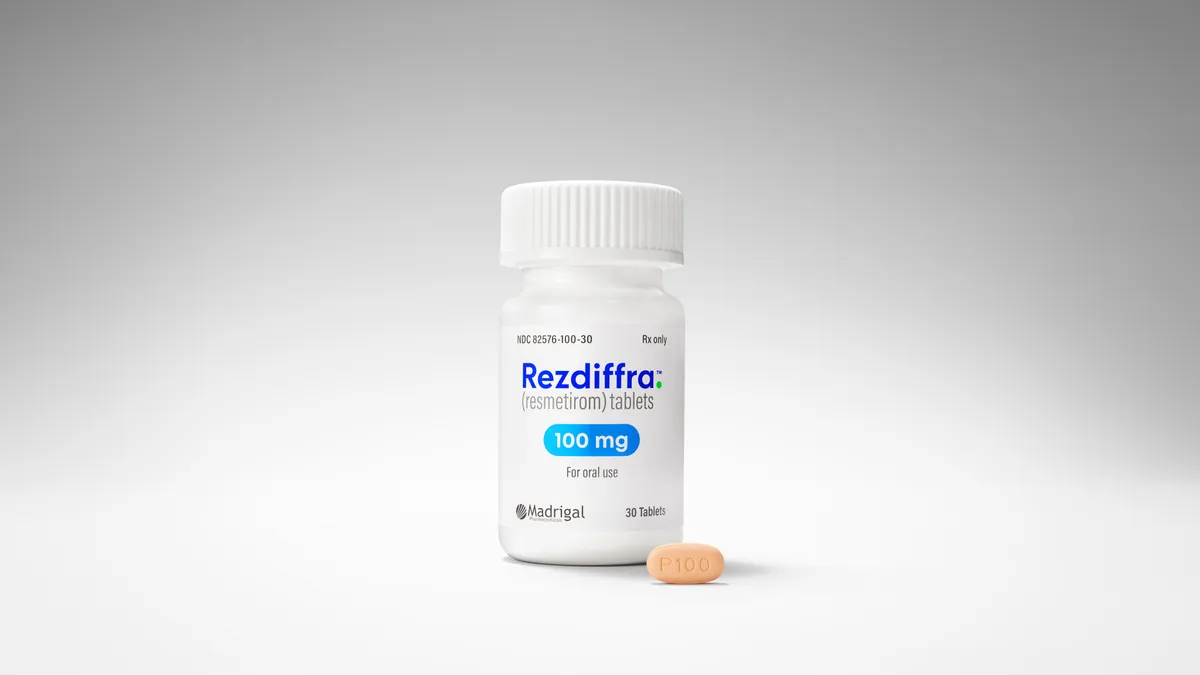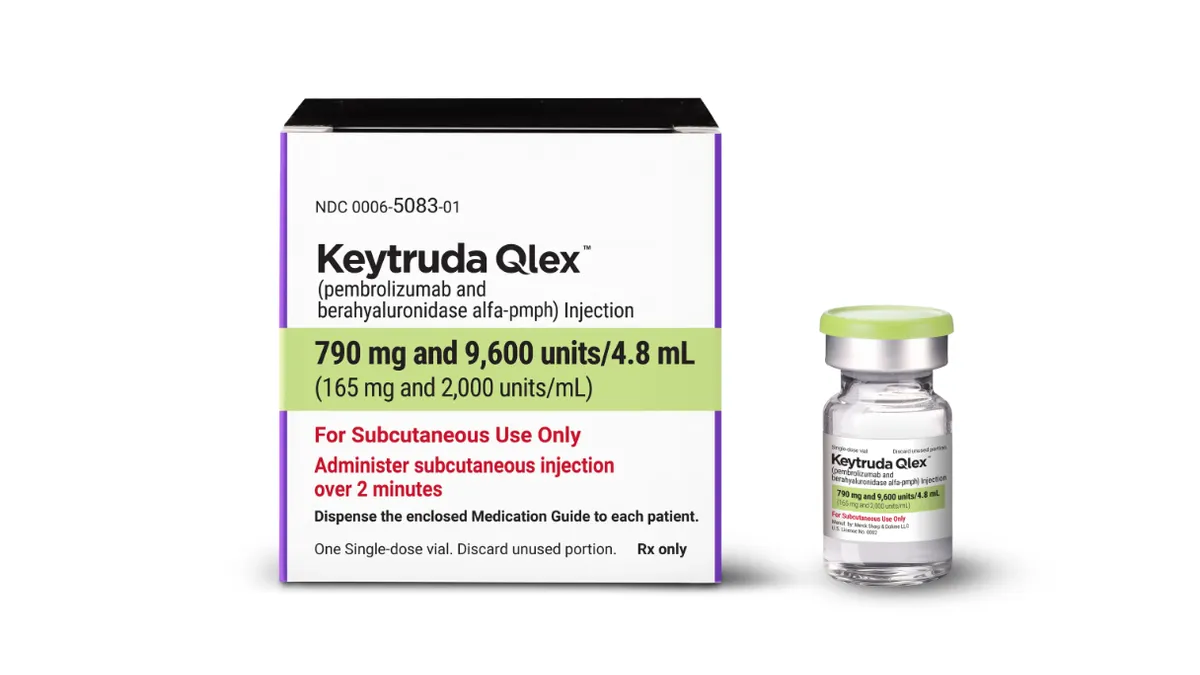Real-world data (RWD) has long played a supporting role in the pharma industry, primarily acting as a monitor for post-approval drug safety. Now, drugmakers are looking to save time and money using the data in new, more robust ways.
RWD — patient healthcare information culled from sources such as electronic health records, claims data, registries, mobile devices or directly from the patient — is now being used to support everything from trial recruitment to the drug approval process. These changes were largely spurred by the 21st Century Cures Act in 2016.
“The Cures Act formalized a process allowing drug sponsors to assess RWD to support claims related to drug efficacy,” Scott Swain, director of regulatory sciences and real-world evidence at Dublin, Ohio-based Cardinal Health, says.
RWD can augment traditional trial data, providing a clearer picture of how a drug might perform among the general population compared to data derived from more traditional trials, which tend to draw from a smaller and more homogenous sampling.
“When properly utilized, RWD can provide time- and cost-efficient information providing value to drug sponsors, regulators, doctors and patients,” Swain says.
But challenges related to data collection and implementation remain, and efforts are now underway to help bring this tool into more widespread use. In the fall of 2021, the FDA awarded Cardinal Health a $750,000 contract to support a lymphoma tumor response project that could help standardize RWD use, determining if it can be as trustworthy as a randomized clinical trial.
Here, Swain discusses the potential benefits and challenges related to the use of RWD and the resulting real-world evidence (RWE) it can provide.
This interview has been edited for length and clarity.
PharmaVoice: What are the potential uses and benefits of RWD?
Scott Swain: RWD can provide feasibility data and be used for trial recruitment. A patient preferences study could provide information about the expectations of treatment, risk tolerance or meaningful (patient-centric) outcomes. It can be used when designing phase 2 and 3 trials. RWE studies can also describe historical control groups to provide context to help interpret phase 2 trials or demonstrate long-term safety and efficacy as a post-marketing requirement. And RWD can be incorporated into the clinical trial process. Decentralized, embedded and pragmatic trials all incorporate RWD to provide more meaningful and generalizable outcomes. These are in addition to other use cases for RWD.
What are the challenges involved in collecting real-world data and putting it to use?
RWD is collected for a variety of reasons. With a few exceptions, it is not primarily intended to support the drug approval process. RWD sources include insurance claims, medical charts, laboratory and pathology findings, radiology scans and other electronic healthcare records. RWD might also come from non-traditional sources such as pedometers, bio-trackers such as heart rate or continuous glucose monitors and social media. Thus, the primary challenge with RWD is not how to collect data, but instead how to apply data that was collected for a different purpose to support a drug safety or efficacy claim while using the best possible methodology.
Of course, some RWD is collected for the specific purpose of supporting a drug application. For example, patient preference information (PPI) and patient reported outcomes (PROs) can provide high-quality evidence to support trial design … or to contextualize the safety and efficacy outcomes from a clinical trial.
I’ve heard the term “regulatory grade” real-world data. Is that the standard people should aim for?
I think the idea that there is one definition of “regulatory grade” RWD is not accurate, and the same can be said of “regulatory grade” RWE. Also, I think it is important to note that a drug sponsor could have “regulatory grade” RWD and still generate substandard RWE through inappropriate or inadequate analyses.
Thus, the definition of regulatory-grade RWD or RWE is situationally dependent. RWD must be fit for a purpose, and different use cases require different data. For example, consider the type and quality of data necessary to assess patient preferences, treatment adherence, drug toxicity, comparative effectiveness or long-term safety. Furthermore, the level of evidence required will depend on the regulatory goal. The level of evidence generated from an RWD study would need to be higher for a new drug than for a drug that has been on the market for a long time. The type and level of evidence also depends on contextual factors, such as the severity of the disease, toxicity of the drug, the overall safety or efficacy profile and available alternative therapies.
Simply put, a low-quality RWE study will be given little weight in regulatory decision-making, whereas a robust and fit-for-purpose RWE study is much more likely to inform regulatory action.
Are there any common roadblocks to using real-world evidence in regulatory submissions? How can they be overcome?
Conducting a regulatory-grade RWE study is complicated and highly nuanced. Major hurdles in using RWE to support regulatory decision-making include: aligning scientific questions with an appropriate regulatory question; ensuring the data source is large enough; verifying that the data is of sufficient quality; and overcoming limitations caused by selection bias, misclassification, and missing data.
Aligning scientific goals, the conclusions that can be supported by data analyses and regulatory purpose may sound simple, yet this is a common failure point. Any misalignment of the specific indication, line of therapy, stage of disease, comorbidity profile, study period or any other important factor can render a study inadequate for regulatory purposes. The same is true of using the wrong comparison group, testing the wrong hypothesis or testing the right hypothesis in the wrong way.
Selecting the best data source is of paramount importance. When selecting a source of RWD for a regulatory purpose, it must be reliable and relevant, meaning it captures pertinent data points. Relevant data has an adequate sample of the right patients as well as sufficient information to describe important exposures and outcomes. Reliable data is sufficiently complete and it can be tracked to its source and validated.
If a sponsor has aligned scientific and regulatory questions and chosen a suitable source of RWD, overcoming bias should be achievable with appropriate analyses. However, asking the wrong questions or using the wrong data will likely make this step impossible. Of course, there are other sources of bias, but with RWE, selection bias, misclassification and missing data are the big three.
How can these challenges be overcome? Start early, communicate with the FDA and consider working with someone with experience submitting RWE for regulatory purposes.



















